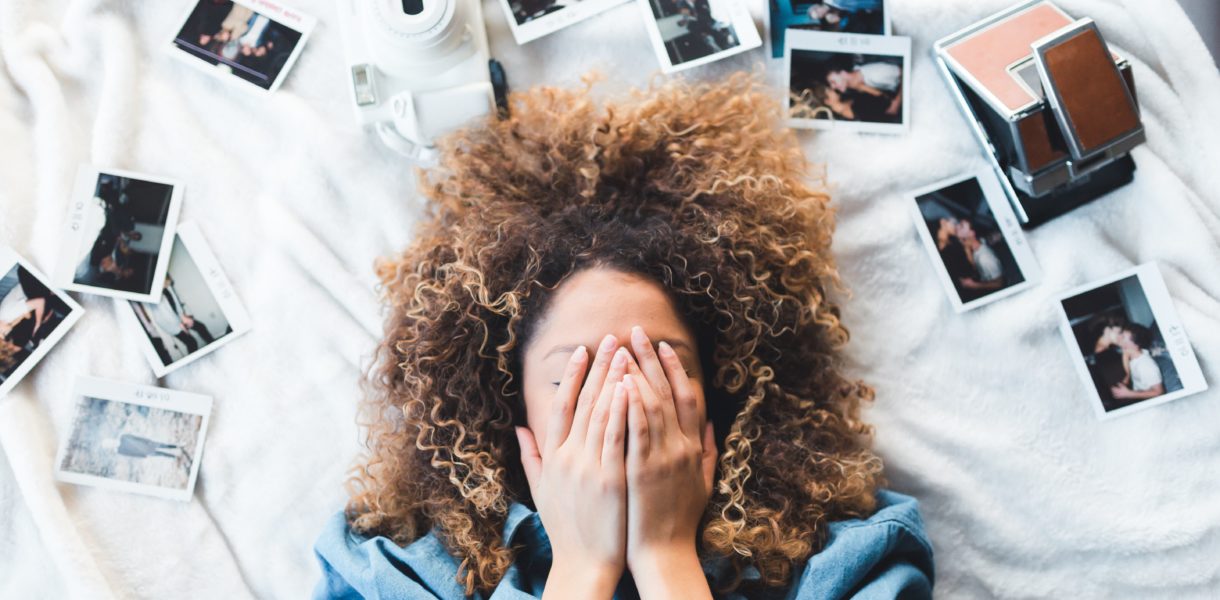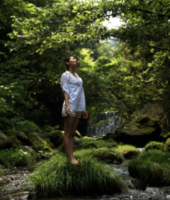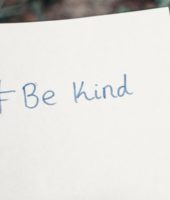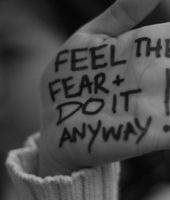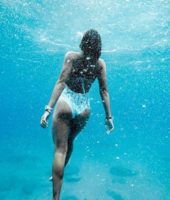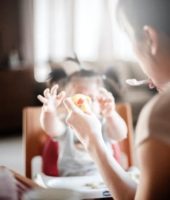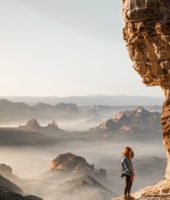Beauty is not a competition. But in a world where only one type of beauty is showcased, it can feel like it is.
Between TV and movies to the internet and social media, we consume around 5,000 ads a day, and what we see influences on our beauty ideals: a 2012 American Academy of Dermatology study found that women who watched reality TV beauty shows (featuring highly-tanned women) were more likely to tan, and a 2006 Springer Science study found that women who watched TV were more likely to buy beauty products than women who didn’t watch TV.
So when I began having issues with my body and overall self-image a few months ago, I decided to reevaluate the kind of accounts I was following on Instagram, the medium by which I consumed the most media.
Most of the people I was following were popular influencers among my demographic as a white woman in my 20s, but they also were of the same demographic: able-bodied skinny white women following able-bodied skinny white women. Now, I’m not vilifying anyone for falling into a certain category at birth. I believe that literally everyone is beautiful. But if the only beautiful woman you ever see is blonde, white, skinny, and able-bodied and you’re not, then you may not be able to recognize and celebrate your own beauty and the beauty of those who look like you. And when I suddenly didn’t fit into the categories of “able-bodied” or “skinny” anymore, my Instagram feed was just a constant reminder of the person I used to look like, and it made me feel very far away from my body. Fortunately, we all have the power to unlearn our own prejudices, and I decided that the best way to do this would be to use Instagram’s algorithm for showing you “more of the same” against itself.
I started by unfollowing the accounts of influencers who promoted practices that I found harmful for my mental health and self-image- making money off of things like diet teas, fast fashion, waist trainers, and hunger-blocking lollipops- and then followed influencers I actually wanted to give my attention to instead: people with mobility aids, tummies, acne, and health problems; people whose lives looked more like mine. After that, I started following other creators whose beauty was largely missing from my original feed, like people who were plus size, non-white, hijabi, trans and gender non-conforming, developmentally disabled, and older adults.
Broadening my exposure to different kinds of beauty gave me an opportunity to reexamine my own internalized beliefs about what makes someone beautiful. About two months into this experiment, I can tell you that I enjoy using Instagram more. I feel happier when I’m using the app, and I’ve even made friendships with other disabled creators on it. And in the end, I think my experiment worked: I’ve been feeling more self-confident, happier, and kinder ever since changing who I followed.
